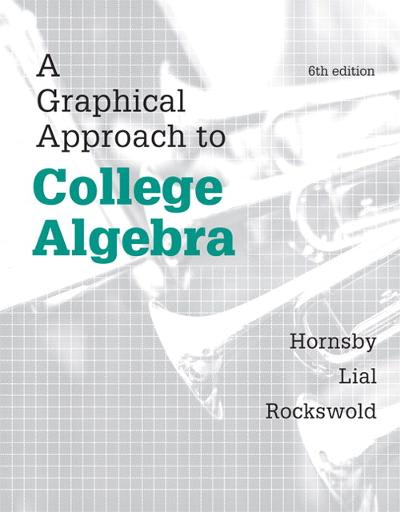Answered step by step
Verified Expert Solution
Question
1 Approved Answer
W ONLINE-GE 2022 01/31 C1-MTH205, section SC-E, Spring 202.. 14. [-/0.16 Points] DETAILS BBUNDERSTAT12 4.2.023. MY NOTES ASK YOUR TEACHER You draw two cards from

Step by Step Solution
There are 3 Steps involved in it
Step: 1

Get Instant Access to Expert-Tailored Solutions
See step-by-step solutions with expert insights and AI powered tools for academic success
Step: 2

Step: 3

Ace Your Homework with AI
Get the answers you need in no time with our AI-driven, step-by-step assistance
Get Started


